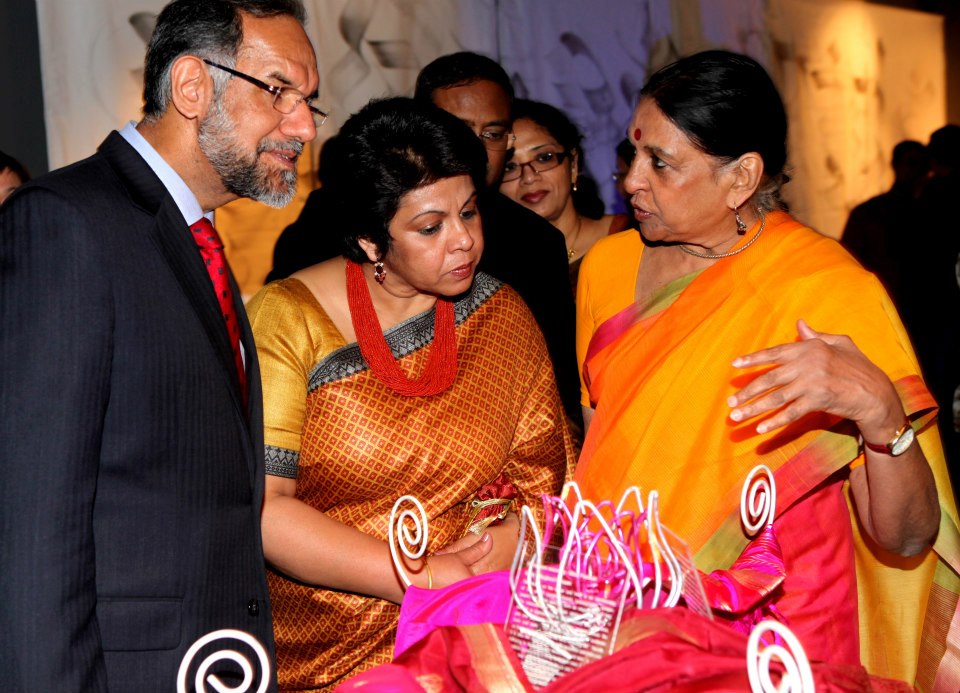
(Photo Courtesy of the “Save Sekhemka Action Group”)
By Simone Egarter and Menna Zaki
A financially struggling British museum listed an ancient Egyptian statue for auction this week, drawing ire from the Egyptian government and sparking controversy among antiquities experts.
The London auction house Christie’s is expecting to raise more than £4m from the Egyptian Sekhemka statue, which is scheduled for auction Thursday. The statue, a remnant of the 5th dynasty in Egypt, is approximately 4,500 years old. It was discovered in the burial city of Saqqara near Cairo, which is believed to have been the domain of Sekhemka, who was an administrator at the highest level, possibly even in the royal court.
Ashraf Al-Kholy, the Egyptian ambassador in London, met with the board of directors of Chrisite’s Auction House where he demanded the suspension or postponement of the sale, according to a Monday foreign ministry statement.
Al-Kohly said the sale, which he called an offense against the ancient Egyptian civilisation, violates the ethical norms that govern international museums.
The ambassador has contacted the manager of the Northampton Museum England, which is responsible for the sale of the statue, urging the museum to halt the plan. The Egyptian Embassy in London has also reached out to several institutions including Arts Council England, which expressed its opposition to the sale of an ancient artefact for material gain.
The best action, Al-Kholy said, is to return the piece to its native country.
The Northampton Borough Council first contacted the Egyptian government two years ago about plans to sell the statue, which has been on display at the Northampton Museum since the 1890s after it was entrusted to the museum by the Marquess of Northampton, according to the Northampton Herald & Post.
“According to UNESCO’s 1970 Convention on the Means of Prohibiting and Preventing illicit Import, Export and Transfer of Ownership of Cultural Property, Egypt has no right to claim the recovery of the statue,” she said. “The statue left Egypt before this convention was put in place and this was confirmed by the Egyptian Government on June 15.”
Concerned citizens have banded together to oppose the sale, forming the “Save Sekhemka Action Group”. More than 1,000 people have ‘liked’ the group on Facebook. A petition to save the statue has collected 199 signatures.
“The statue has been on display for more than 100 years,” said Ruth Thomas, vice chairman of Save Sekhemka Action Group. “It has been very popular, especially with schoolchildren.”
Bestselling writer Alan Moore, best known for the book “V for Vendetta”, publicly condemned the sale of Egyptian history and public art as unethical.
“If this means that councils, when they are in financial trouble, can sell off things which have been entrusted to them, this obviously means that I can never make a donation to the museum again,” he told the Northampton Herald & Post.
“I would have thought that anybody who would have been thinking of making a donation would be thinking twice. How can anybody across the country thinking of making a donation to a museum make the donation in the knowledge that a few years in the future perhaps 100 years in the future the council might decide to sell it off?”
The Ministry of Foreign Affairs in coordination with the Ministry of Antiquities has launched a broad effort to return smuggled Egyptian antiquities.
As a result of these efforts, Minister of Antiquities Mamdouh Damaty announced Monday that Egypt has secured the return of eight wooden artefacts from Copenhagen, Denmark, after a Danish court judgment stating Egypt’s entitlement to restore the artefacts, according to a ministry statement. Another antiquity, a 19 cm piece of cartonnage – a material used in funerary masks – inscribed with three lines of hieroglyphics, was recovered through the Egyptian Embassy in Paris.

